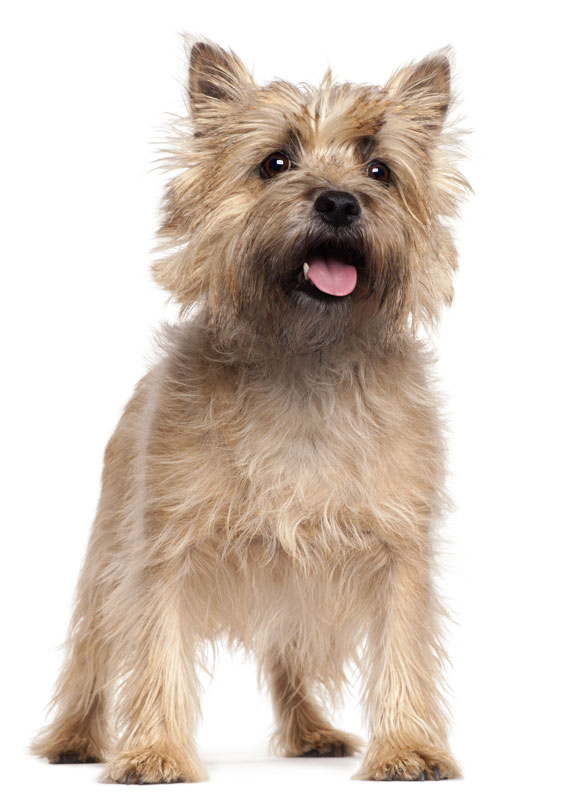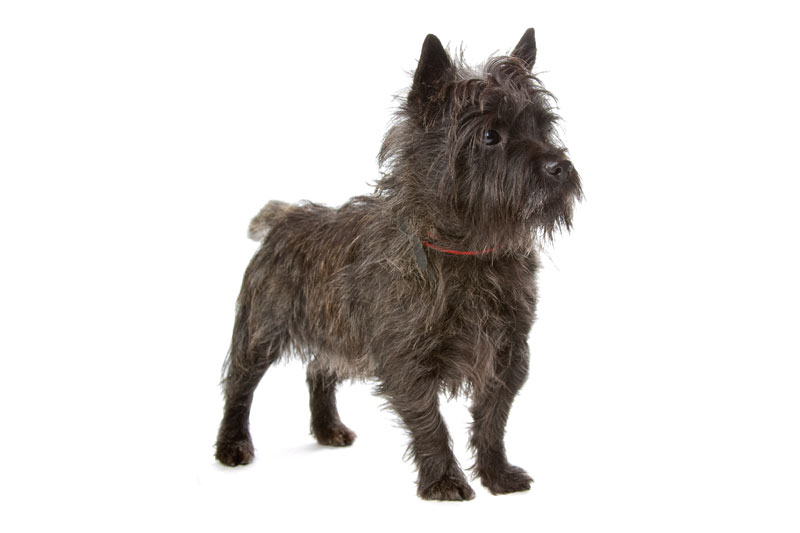The Cairn Terrier is one of the oldest of the terrier dog breeds originating in the Scotland Scottish Highlands and recognized as one of Scotland's earliest working dogs. The breed is commonly used for hunting and burrowing prey among the cairns.Although the breed had existed long before, the name Cairn Terrier was a compromise suggestion after the breed was originally brought to official shows in the United Kingdom in 1909 under the name Short-haired Skye terriers. This name was not acceptable to The Kennel Club due to opposition from Skye Terrier breeders, and the name Cairn Terrier was suggested as an alternative. They are usually left-pawed, which has been shown in dogs to correlate to superior performance in tasks related to scent. Cairn Terriers are ratters.
History
Cairn originated in the Highlands of Scotland and the Isle of Skye, initially grouped in the "Skye Terrier" class alongside the Scottish and West Highland White Terriers. In the early 1900s, the three breeds began to be bred separately. The breed was given the name cairn, because the breed's function was to chase quarry from the cairns in the Scottish highlands.
Health
These dogs are generally healthy and live on average about 12 to 17 years. Yet breeders, owners and veterinarians have identified several health problems that are significant for Cairns. Some of these diseases are hereditary while others occur as a result of non-specific factors (i.e. infections, toxins, injuries or advanced age).Some of the more common hereditary health problems found in the Cairn are:
*Cataracts
*Ocular Melanosis
*Progressive retinal atrophy
*Corneal dystrophies in dogs
*Krabbe disease (Globoid cell leukodystrophy)
*Hip dysplasia (canine)
*Legg-Calvé-Perthes syndrome
*Craniomandibular osteopathy (Lion Jaw)
*Von Willebrand disease
*Hypothyroidism
*Portosystemic shunt
*Luxating patella
*Entropion
*Soft Tissue Sarcoma (STS)
Currently, the along with the maintain an open registry for Cairn Terriers in hopes of reducing the occurrence of hereditary diseases within the breed. Breeders voluntarily submit their dogs' test results for research purpose, as well as for use by individuals who seek to make sound breeding decisions.






